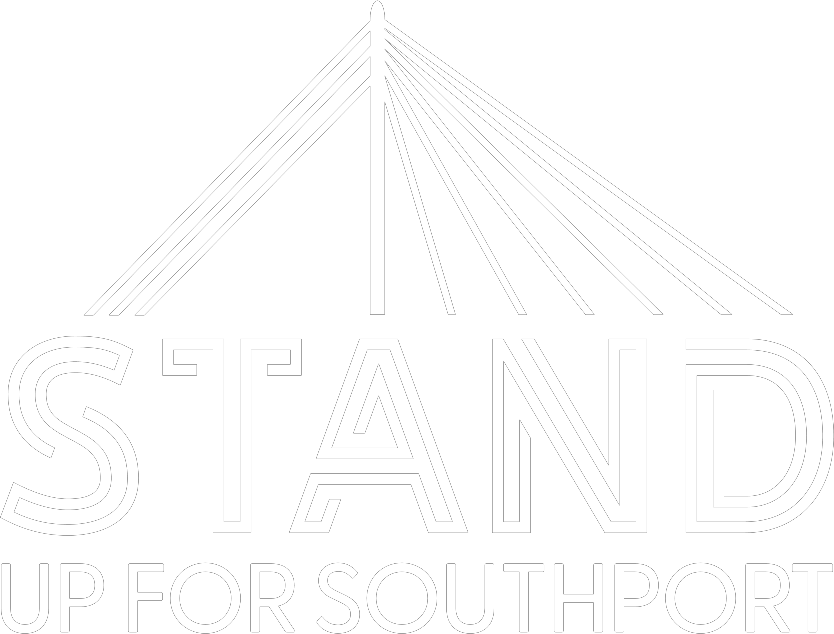A new indoor climbing centre and cafe could be built within one of the most historic buildings on Lord Street in Southport.
The new facility would create the opportunity for “indoor bouldering”, the most popular type of climbing for newcomers, inside the Grade II Albany Buildings at 339-341 Lord Street.
The five-storey building, which was designed by Architect EW Johnson and built in 1884, has been vacant for a number of years.
After ambitions by previous owners to convert the building into flats, the new owners – Craft & Sons – aim to “improve the local area by providing a vibrant and economically viable business”.
The new venture would create seven new jobs and attract visitors to the town centre, while the Craft family has vowed to “return and repair” the building’s heritage features.
It is a further boost for Lord Street, which in June this year will see ‘The Grand’ open on the site of the former Grand Casino following a £3million transformation.
New owners are currently beginning the transformation of the former Garrick Theatre / Mecca Bingo site on Lord Street, while JD Wetherspoon has earmarked the former Pavilion Buildings on Lord Street for its new Wetherspoon Hotel.
The proposals for Albany Buildings have been submitted by CB Architecture, which has drawn up designs for an indoor climbing centre with ground floor ancillary cafe and attic level offices.
The firm has submitted a planning application to Sefton Council, in which it said: “Originally the property was the premises of J Hatch, Sons and Fielding auctioneer, known as Albany Galleries. The building has been vacant for some time and consequently needs refurbishing.
“Bouldering is different to traditional climbing. Traditional climbing requires a lot of equipment such as harnesses, ropes and quickdraws, whereas bouldering only requires climbing shoes.
“Bouldering uses artificial walls which end close to the ground above matting. The combination means that no specialist equipment or expertise are required, making it more accessible to the public and lowers the barrier of entry.
“Bouldering is a social activity, and other centres have created small communities of climbers. Many climbers boulder to keep fit, and find it a more interesting and stimulating alternative to the gymnasium.
“Over the past few years climbing has become one of the fastest growing sports in the UK.
“There has been a rise of indoor climbing gyms across the country and international recognition of the sport, as it has now been adopted by the Olympics (featuring in Tokyo 2020). Indoor bouldering is the most popular type of climbing for newcomers since the barrier of entry is lower.”
The new owners believe Southport is perfect for the new facility with the nearest climbing centres in Manchester (four), Preston (two) and Liverpool (two).
The application says: “Southport currently does not offer this facility, which is surprising when nearby cities offer multiple sites. The nearest bouldering centre to Southport is 23km away in Liverpool, indicating there could be a potential need.
“Providing a bouldering centre on Lord Street will serve useful for local climbers and first timers alike who would prefer to boulder locally.
“Given both the history of the building and multiple transport links, it is also expected to attract visitors from across the North West and nationwide. Further, on a local scale it would provide people within northern Merseyside and Lancashire to visit Southport after work or on the weekends as a bouldering gym often operates, for its users, as a substitute for going to the gymnasium. This would increase the regularity of footfall on Lord Street.
“Lastly, it is also important to note that there has been a rise in depression and anxiety since Covid-19, and it has been mooted for some time that bouldering is a possible treatment and increases mental wellbeing.”
The Craft family also aims to restore historic features of the building.
The application says: “The work required to change the Listed property’s use into a climbing centre will cause negligible impact to the building’s integrity, consisting primarily of repair and restoration work. Most of the internal features can be repaired and preserved due to the existing layout requiring minimal remodelling.
“The ground floor will accommodate an ancillary café serving drinks and easy to prepare cold foods, including sandwiches and pasta bowls.
“The cafe seating area next to the bouldering arena will be elevated a couple metres above mat level, divided with glass balustrades, providing a panoramic view of the climbing action. The iconic former showroom and auction room have tall ceilings and are enriched with heritage assets.
“Some of these historical features have deteriorated and will be carefully restored by Craft & Sons.
“Both rooms are ideal for bouldering, with ceilings heights of 4.9m at ground, and 5.5m at first.”
The opening times would be: Monday to Friday 6.30am to 10pm, and Saturdays and Sundays 8am-10pm.
The new use class would bring permanent jobs to the local community, it is expected to provide employment for the following: General Manager; 2 Café Assistants; Receptionist; Cleaner; 2 Climbing Assistants.
On weekends the bouldering centre would offer youth development classes that can take young people from their first vertical steps to internal competitions.
The application said: “Historic England identified Southport’s Lord Street conservation area as ‘at risk’.
“They effectively conclude that the risk is due to neglect – loss of historic detail, inappropriate changes, large numbers of vacancies within the historic buildings, derelict sites, lack of maintenance and the poor condition of the public realm.
“The proposals will conserve the character of the building by retaining and repairing its historic features.
“The proposed use would secure the long-term viability of the existing vacant unit and ensure the upkeep and maintenance of the building. This will help to maintain the attractiveness of the site contributing positively towards the borough’s local distinctiveness.
“The conversion of the vacant listed building will add to the diversity of Lord Street, and prevent further deterioration of its heritage assets.
“It will preserve and enhance the character of the Conservation Area and improve the local area by providing a vibrant and economically viable business.
“The building will be restored by the Craft family. Since minimal alterations are required for the conversion to a climbing centre the heritage assets can be both restored and remain prominently displayed throughout the building. If the property were converted to flats, which was considered by the previous owner, the heritage assets would have been lost.
“Bringing life back into one of Lord Street’s historically significant buildings will help contribute to Southport’s economy. This will be achieved by providing a local leisure activity that is currently not conveniently accessible to residents as the nearest climbing gym is in Liverpool.
“The refurbishment may inspire other developers to follow and convert vacant properties within the conservation area, further enhancing Lord Street, the vitality of the town centre.”
Do you have a story for Stand Up For Southport? Please message Andrew Brown via Facebook here or email me at: mediaandrewbrown@gmail.com






